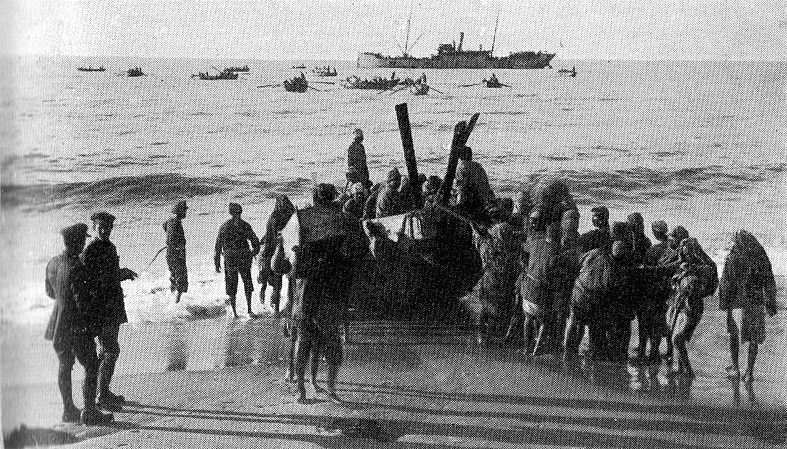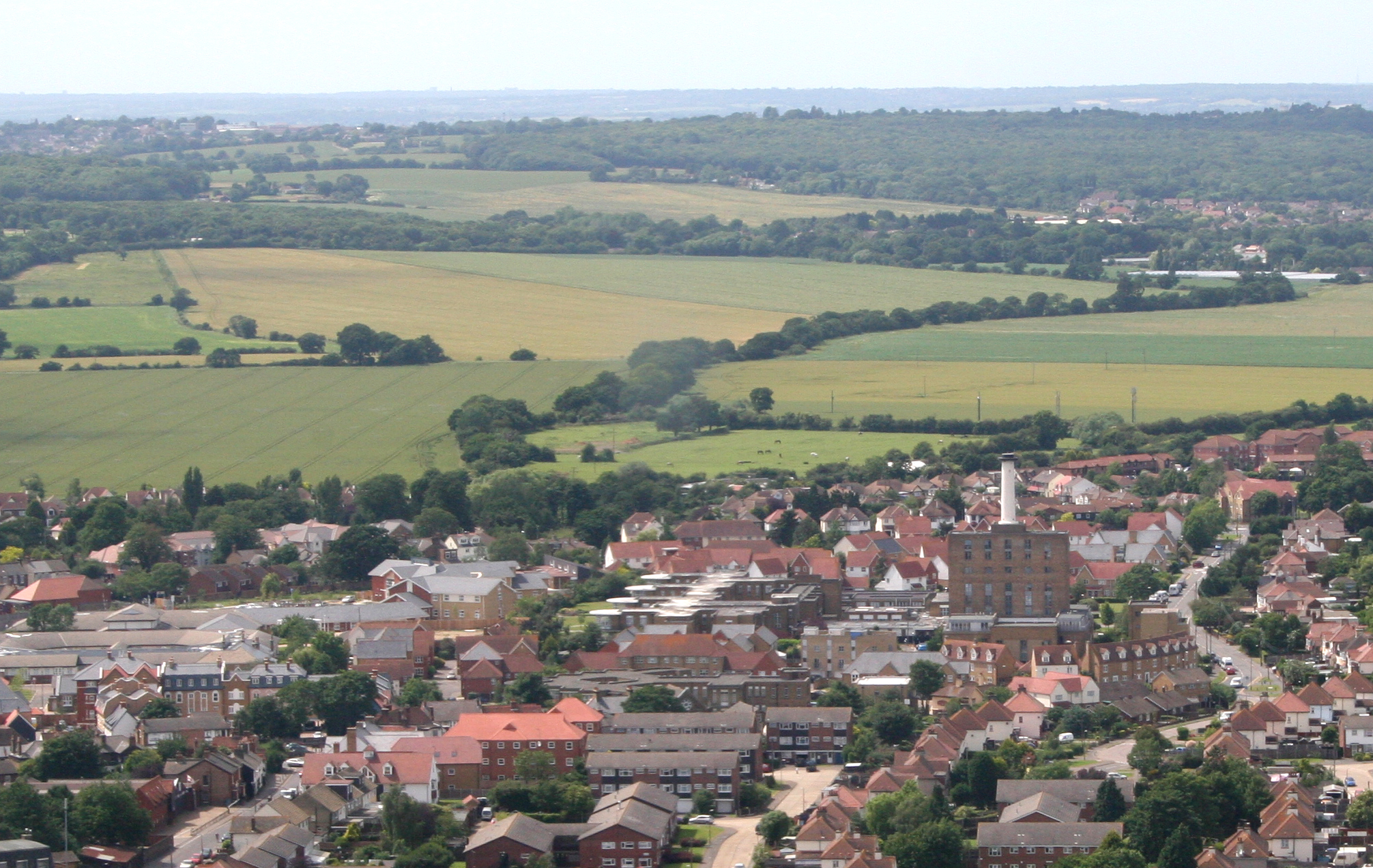Joannes Gres or Henkels or Hendres (all three surnames appear in records) is the first ancestor I have found to have likely been born in what is now the Netherlands. He is my 6great-grandfather, through one of my Luxembourg lines:
- Joannes Gres / Henkels / Hendres (father of:)
- Anna Maria Gresse (mother of:)
- Jean Nicolas Schmitt (father of:)
- Barbara Thines (mother of:)
- Harry Stroesser (father of:)
- Grandma Rose (mother of:)
- Mom (mother of:)
- Me
As far as I can grasp from a cursory examination of the quite convoluted history of the area, Boekel was already a part of the Netherlands at the time of Joannes' birth, estimated to be in the mid-1720s. However, it was something of a disputed area or a buffer zone at the time.
The discovery of this first Dutch ancestor is both surprising and exciting. Perhaps it should not be as surprising as I found it; Luxembourg and the Netherlands are geographically very close to one another, and historically have been parts of the same political unit. Yet somehow I hadn't expected to find anyone in my tree born there. However, according to my quick overview of the region of North Brabant, it did remain predominantly Catholic at the time of Joannes' birth, which strengthens its cultural ties to Luxembourg. I also find it exciting to be entering the realm of research in an area of the world in which I have no experience. I will have to learn a whole new set of records, written in a whole new language. Daunting, yes, but a challenge I look forward to tackling! ...when I have enough spare time to dedicate to it.




